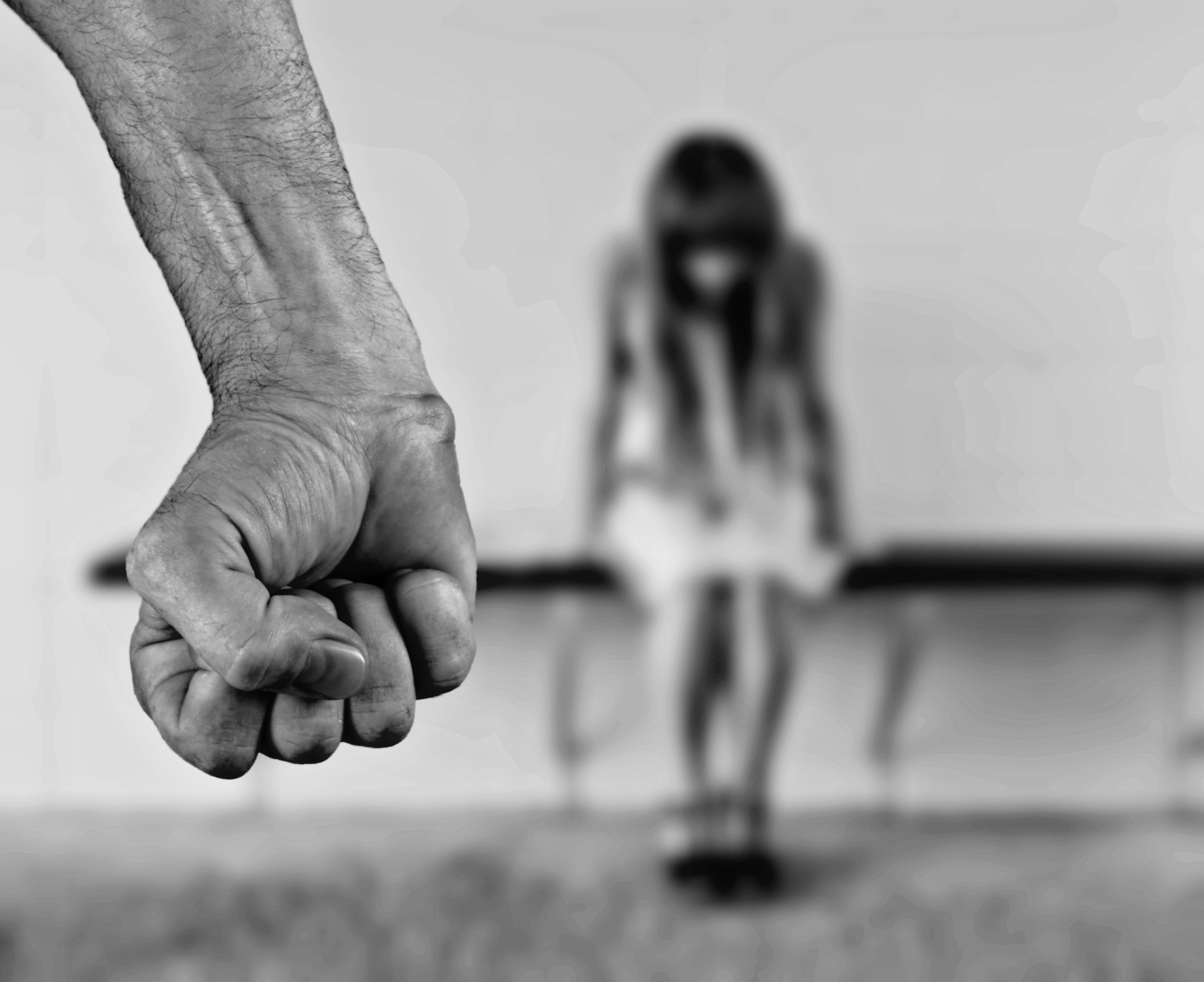Are humans inherently violent?

The earliest human civilizations appeared between 3,000 and 4,000 years ago; since then, humans as a species have been entirely at peace for approximately 268 years. And as many as 1 billion people may have perished as a direct result of war, according to “What Every Person Should Know About War” (Free Press, 2003)
Violence is clearly not a modern phenomenon, but is it an inherent part of being human? Have we evolved to be aggressive?
It turns out the answer isn’t simple. A 2014 study published in the journal Nature (opens in new tab) noted that lethal violence was common in the communities of one of our closest living primate relatives: chimpanzees (Pan troglodytes).
That suggests that violence may have been part of the human repertoire at least as far back as our last shared ancestor with chimps, which would have lived about 8 million years ago.
Related: What’s the deadliest month of the year?
So clearly, violence has been prevalent for as long as humans have been around, experts told Live Science.
“Violence is a driver of much of human history,” David C. Geary (opens in new tab) , a cognitive scientist and evolutionary psychologist at the University of Missouri in Columbia, told Live Science in an email. “All of humanity’s early empires were built through intimidation and violence.”
“There’s also evidence of aggression before recorded history: bones with evidence of violent death, like embedded arrow points or skulls staved in,” Pat Barclay (opens in new tab) , an evolutionary psychologist at the University of Guelph in Ontario told Live Science in an email. That suggests violence predated complex societies and the rise of civilization.
But on the flip side, rates of violence vary (and have historically varied) wildly across cultures and communities, Barclay said. That suggests violence can be dialed up or down dramatically in our species.
Nomadic peoples, for example, tend to have lower levels of lethal interpersonal human violence, while eras filled with societies bent on plunder and conquest, unsurprisingly, had higher levels.
And modern day American culture is more violent (opens in new tab) than most of those in Europe.
“There’s wide variation in violence rates — order of magnitude difference,” Barclay noted. “In some specific recorded societies, up to half of all men die violently at the hands of other men. In other societies, physical violence is very rare, like in modern Japan.”Why do people become violent?
Anyone could be capable of violence. (Image credit: Andranik Hakobyan via Getty Images)
Violence tends to breed violence, meaning that cultures where conflict is common are more likely to experience violence generation after generation, Geary said. In this way, violence is “transmitted” as a contagious disease would be, according to University of Illinois epidemiologist Gary Slutkin (opens in new tab) .
However, Brad Evans (opens in new tab) , a professor of political violence at the University of Bath in the U.K., pointed out that even people in the most progressive and peaceful communities are capable of violence. “Ordinary, lawful persons can quickly turn into monsters once conditions change; equally, some who are most dislikeable can end up showing remarkable acts of kindness. There is no clear formula as to why a person acts in a violent way. And that is why it is such a complex problem,” Evans told Live Science in an email.
Additionally, according to both Barclay and Evans, it can be far easier to carry out violent acts if the individual committing the violence is distant from their victims; it is far easier to press a button launching a nuclear missile than it is to physically and directly strike a killing blow.
For instance, in Stanley Milgram’s classic studies of obedience, in which an experimenter told participants to deliver electric shocks of increasing intensity to other people, participants were more reluctant to shock victims if they were physically closer to them, Barclay noted.
And historically, acts of genocide occur after perpetrators dehumanize (opens in new tab) , or create psychological distance, between themselves and those of a different race or ethnicity.Types of violenceRelated mysteries—What are the most common ways people get injured?
—When did the Brits and Yanks become allies again after the Revolutionary War?
—Did the Amazon female warriors from Greek mythology really exist?
There may also be “two types” of aggression in human evolution (opens in new tab) : proactive and reactive, Richard Wrangham (opens in new tab) , a research professor in the Department of Evolutionary Biology at Harvard University, reported in 2017 in the journal Proceedings of the National Academies of Science (opens in new tab) . Proactive violence has historically been related to conquest, when a group is determined to take the resources or land of another. Reactive violence, on the other hand, can be described as the direct response to such aggression.
However, despite violence seeming to be an ingrained human characteristic, Barclay is confident there is room for optimism — up to a point.
“Objectively speaking, any individual is much less likely to suffer violence today than in previous eras,” he said. “We are currently in history’s most peaceful era. But that doesn’t guarantee it’ll stay that way. Unless we fight climate change, there will be more scarcity, more disasters, more desperation and more reason for conflict.”
Originally published on Live Science.